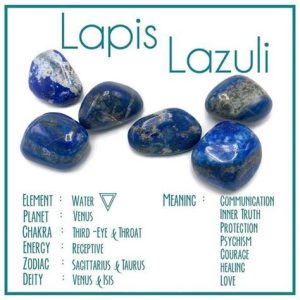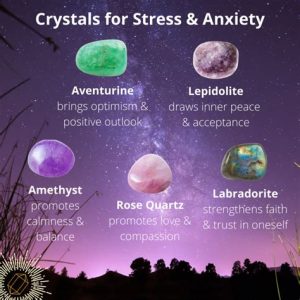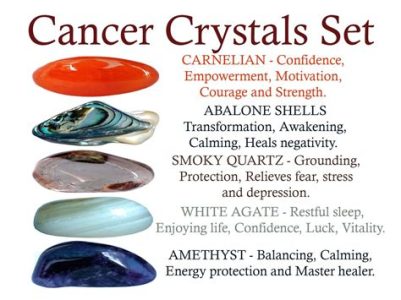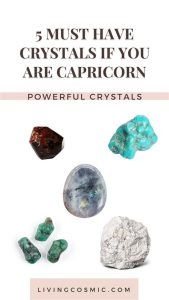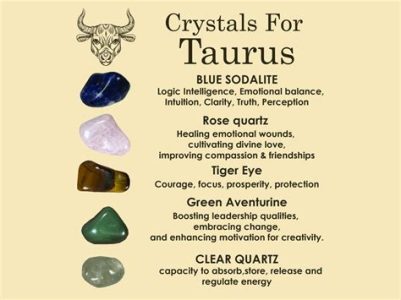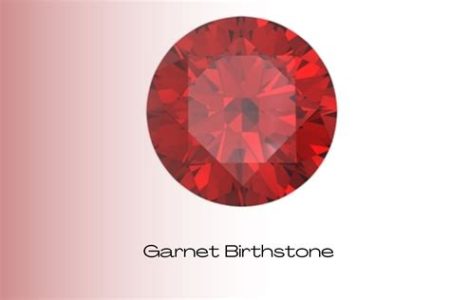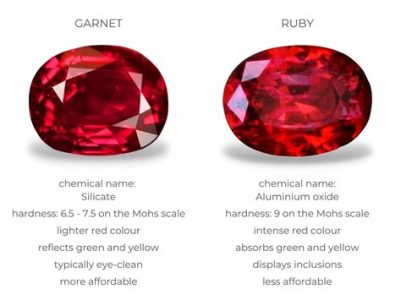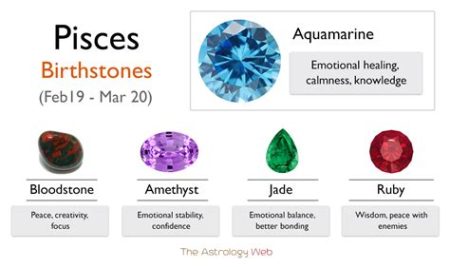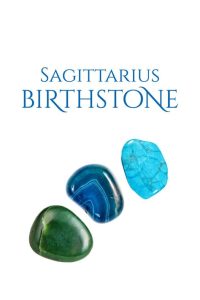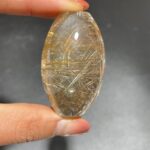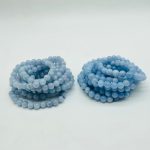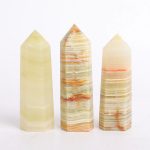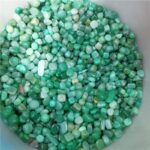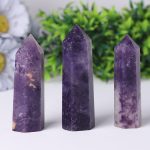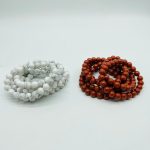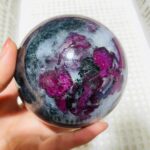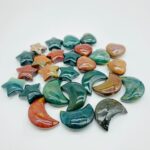Sparkling Blue Sapphire: An Enduring Gem of Radiance
With a captivating hue reminiscent of a tranquil ocean, blue sapphires have long enchanted jewelry enthusiasts and collectors alike. Rated at 9 on the Mohs scale of hardness, these crystals are exceptionally durable, making them ideal for everyday wear. Their brilliance and versatility make them a popular choice for engagement rings, necklaces, and other adornments.

In 2025, the global blue sapphire market is projected to reach $1.2 billion, driven by increasing demand in emerging markets and the growing popularity of colored gemstones.
Cerulean Kyanite: A Stone of Transformation and Healing
Known for its distinctive blue bladed crystals, kyanite is a powerful stone believed to promote spiritual development and inner peace. Its high vibrations resonate with the throat chakra, aiding communication and self-expression.
With a hardness of 5-7 on the Mohs scale, kyanite is moderately durable for jewelry use but requires careful handling. Its unique blue color and metaphysical properties make it a sought-after gem for healers and energy workers.
Azure Lapis Lazuli: A Mystical Stone of Wisdom
Prized for its deep blue hue and gold flecks, lapis lazuli has been revered throughout history for its mystical qualities. Anciently used in sculptures and amulets, it is associated with wisdom, truth, and protection.
Rated at 5-6 on the Mohs scale, lapis lazuli is moderately soft and porous. Proper care is needed to preserve its beauty, as exposure to heat and chemicals can damage its surface.
Electric Blue Topaz: A Symbol of Serenity and Clarity
Topaz, renowned for its blue hue, is a gemstone known for its clarity, brilliance, and calming properties. Associated with serenity and mental clarity, it is believed to promote inner peace and emotional healing.
With a hardness of 8 on the Mohs scale, topaz is relatively durable and suitable for everyday wear. Its versatility and affordability make it a popular choice for jewelry and talismans.
Turquoise: A Sacred Stone of Connection and Protection
A captivating blue-green gemstone, turquoise has been revered by Native American cultures for centuries. Prized for its healing properties and connection to the spiritual realm, it is believed to bring protection and promote communication.
Rated at 5-6 on the Mohs scale, turquoise is relatively soft and vulnerable to scratching and fading. Proper care and storage are essential to maintain its beauty.
Aquamarine: A Stone of Tranquility and Courage
Resembling the pristine waters of the ocean, aquamarine is a calming and soothing gemstone. Associated with courage, clarity, and emotional stability, it is believed to bring peace and tranquility.
With a hardness of 7.5-8 on the Mohs scale, aquamarine is reasonably durable and suitable for most jewelry applications. Its delicate blue hue and therapeutic properties make it a popular choice for jewelry and meditation tools.
Blue Zircon: A Stone of Prosperity and Manifestation
Zircon, when adorned with a captivating blue hue, is believed to possess the power to manifest intentions and attract prosperity. Its high refractive index and brilliance make it a stunning gemstone that resembles diamonds.
Rated at 6-7.5 on the Mohs scale, zircon is reasonably durable but requires careful handling to prevent chipping or scratching. Its versatility and affordability make it a popular choice for jewelry and spiritual practices.
Blue Colour Crystals VS Other Gemstones: A Comparison
Hardness: Blue colour crystals generally have a higher hardness than other gemstones. For example, sapphire and topaz rank at 9 and 8 on the Mohs scale, while emerald and ruby are only 7.5 and 9, respectively.
Durability: Blue colour crystals are more durable than other gemstones. This makes them less susceptible to scratching and chipping, making them suitable for everyday wear.
Colour: Blue colour crystals come in a wide range of blue hues, from light and ethereal to deep and intense. This versatility allows for a variety of jewelry designs and personal preferences.
Transparency: Blue colour crystals tend to be transparent or translucent, allowing light to pass through them. This enhances their brilliance and gives them a captivating depth.
Versatility: Blue colour crystals are versatile and can be used in a variety of jewelry applications, including earrings, necklaces, bracelets, and rings. Their durability and beauty make them suitable for both special occasions and everyday wear.
New Applications for Blue Colour Crystals
Electrochromic Crystals: Blue colour crystals that can change color in response to an electric current offer intriguing possibilities for display technologies and smart windows.
Solar Cells: Blue colour crystals have potential applications in solar cells, as they can efficiently absorb and convert blue light into electricity.
Lasers: Some blue colour crystals, such as sapphire, can be used in lasers due to their high optical quality and ability to generate blue light.
Biomedical Devices: Blue colour crystals have antibacterial and antimicrobial properties, making them potential candidates for biomedical devices and implants.
Common Mistakes to Avoid When Using Blue Colour Crystals
Exposing to Harsh Chemicals: Blue colour crystals, especially lapis lazuli and turquoise, can be damaged by exposure to harsh chemicals, such as acids and solvents. Proper care and storage are essential to prevent damage.
Overheating: Blue colour crystals can be vulnerable to heat damage. Avoid exposing them to extreme temperatures, as this can cause discoloration or cracking.
Storing in Direct Sunlight: Direct sunlight can accelerate fading in some blue colour crystals, such as turquoise and topaz. Store them in a cool, dark place to preserve their beauty.
Cleaning with Abrasives: Abrasive cleaners can scratch or damage blue colour crystals. Use mild detergents and soft cloths for cleaning.
Step-by-Step Approach to Using Blue Colour Crystals in Jewelry
1. Choose a Blue Colour Crystal: Select the type and size of blue colour crystal based on your design preferences and the desired color and transparency.
2. Design the Jewelry: Sketch or draw the jewelry design, considering the shape, setting, and metal choice.
3. Prepare the Metal Setting: Create the metal setting, such as a bezel or prong setting, to hold the blue colour crystal securely.
4. Set the Crystal: Position the blue colour crystal inside the metal setting and secure it using prongs or a bezel.
5. Polish the Jewelry: Polish the jewelry to remove any scratches or imperfections and enhance its brilliance.
Pros and Cons of Using Blue Colour Crystals in Jewelry
Pros:
- Durability and hardness
- Captivating blue hues
- Versatility and suitability for various jewelry applications
- Symbolism and metaphysical properties
Cons:
- Can be more expensive than other gemstones
- Some blue colour crystals are moderately soft and require careful handling
- Can be vulnerable to damage from harsh chemicals and heat
FAQs About Blue Colour Crystals
What is the most valuable blue colour crystal?
Sapphire is generally considered the most valuable blue colour crystal due to its rarity, durability, and captivating color.
Which blue colour crystal is believed to bring prosperity?
Blue zircon is often associated with prosperity and manifestation.
What is the difference between blue sapphire and blue topaz?
Blue sapphire is harder and more valuable than blue topaz. It also has a denser color and a higher refractive index.
How can I tell if a blue colour crystal is real?
Consult a gemologist or use a refractometer to determine the crystal’s refractive index. Genuine blue colour crystals will have a specific refractive index for their type.
Expanding Market Insights
Global Market Size: The global blue colour crystal market is expected to reach $1.8 billion by 2025, driven by increasing demand for blue sapphires and other crystals.
Key Market Trends: The growing use of blue color crystals in jewelry, spiritual practices, and energy healing is driving market growth. The rising popularity of colored gemstones and the increasing disposable income in emerging markets are also contributing factors.
Growth Opportunities: Innovation in crystal cutting and setting techniques, as well as the development of new applications in technology and medicine, present opportunities for market expansion.
Challenges: The availability of synthetic and imitation blue colour crystals poses a challenge to the market. The need for proper certification and authentication of genuine crystals is also crucial to maintain market credibility.
Table 1: Common Blue Colour Crystals
| Crystal | Hardness (Mohs) | Color | Transparency |
|---|---|---|---|
| Blue Sapphire | 9 | Deep to light blue | Transparent |
| Cerulean Kyanite | 5-7 | Blue bladed | Translucent |
| Azure Lapis Lazuli | 5-6 | Deep blue with gold flecks | Opaque |
| Electric Blue Topaz | 8 | Light to dark blue | Transparent to translucent |
Table 2: Applications of Blue Colour Crystals
| Application | Crystal | Properties |
|---|---|---|
| Jewelry | Blue Sapphire, Blue Topaz | Durability, brilliance, versatility |
| Spiritual Practices | Kyanite, Lapis Lazuli | Healing properties, metaphysical qualities |
| Energy Healing | Turquoise, Aquamarine | Calming, soothing, energy balancing |
| Technology | Sapphire, Zircon | Electrochromic properties, solar cells, lasers |
Table 3: Care and Maintenance of Blue Colour Crystals
| Crystal | Cleaning | Storage |
|---|---|---|
| Blue Sapphire, Topaz | Mild detergent, soft cloth | Cool, dark place |
| Kyanite | Water, avoid chemicals | Avoid direct sunlight |
| Lapis Lazuli, Turquoise | Use gentle detergents, avoid acids | Dark, humid environment |
| Aquamarine, Zircon | Mild detergent, soft cloth |

